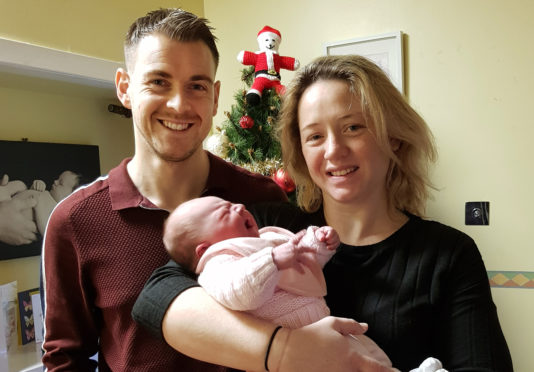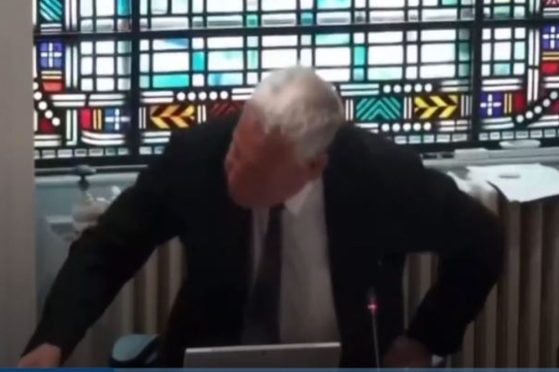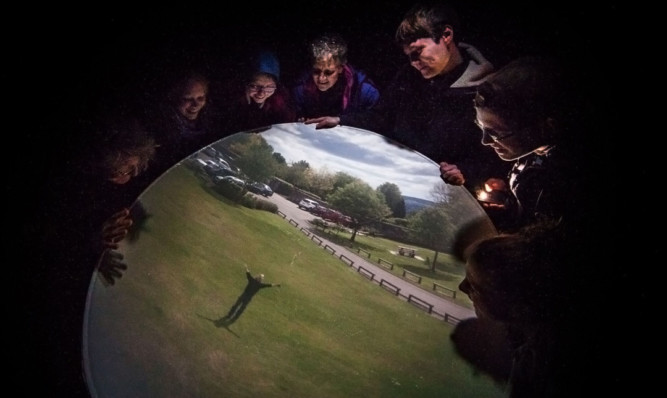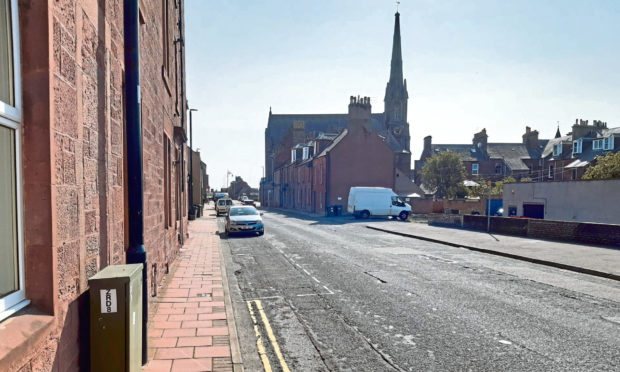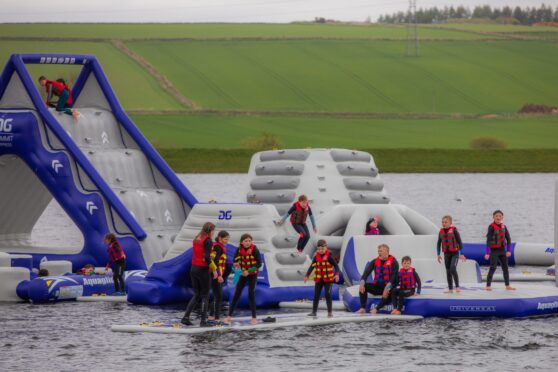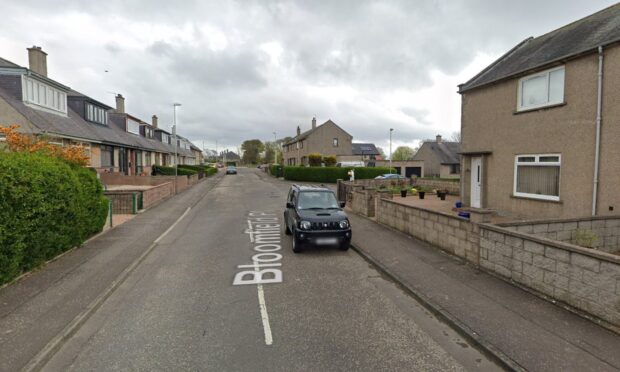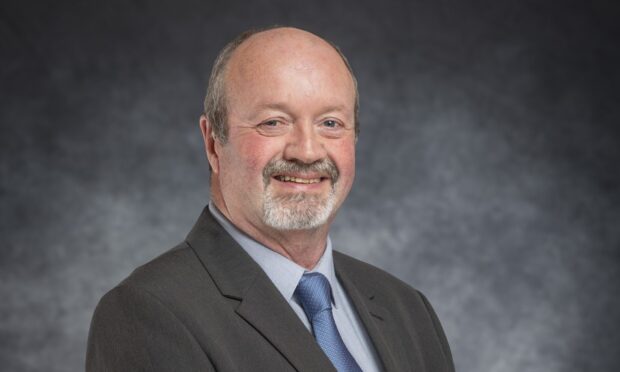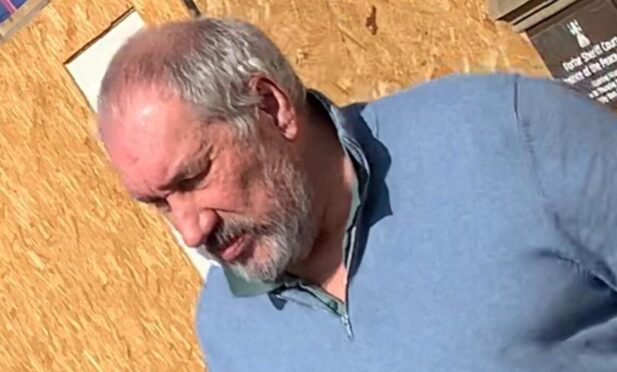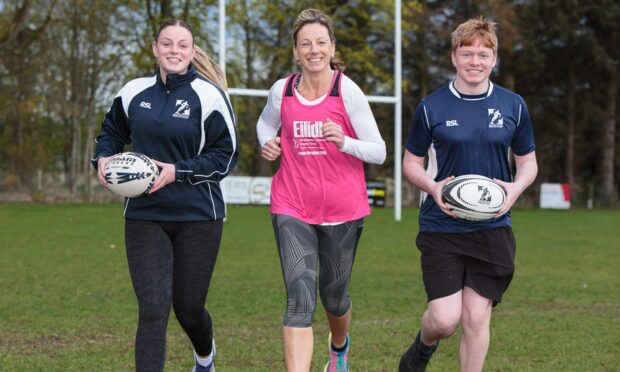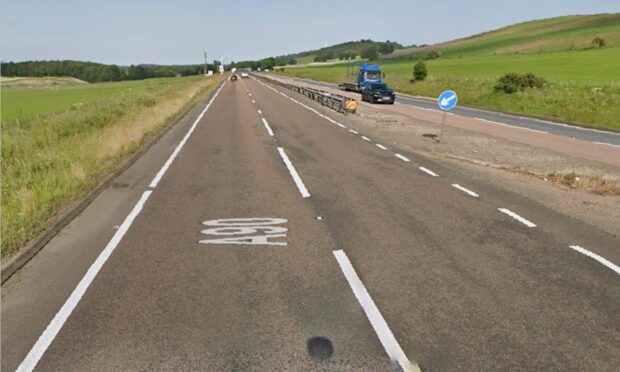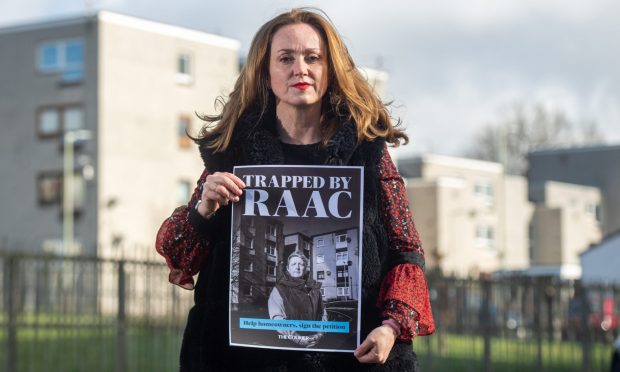Angus could be facing a “baby bust” situation if the alarming drop in births recorded in the district continues on its downward spiral.
Families across the district recorded one of the largest decreases of births in Scotland during the last year, according to figures released by the National Records of Scotland.
This has been attributed to a number of factors and echoes the situation worldwide where a drop in fertility rates could result in insufficient children to maintain population size.
For the first time births registered in the county in 2018 dipped below the 1,000 mark, with a marked decrease in births also registered over the last 10 years.
In 2018, 965 babies were welcomed into the world by Angus families, a drop of 8.4% from the 1,054 babies born in 2017.
The figures for the birth rate in Angus in 2018 compared to 10 years earlier is also considerably lower than the national average.
In 1988, 1,180 babies were registered in Angus compared to 1,652 in Dundee city, 3,854 in Fife and 1,364 in Perth and Kinross.
Overall, the number of babies born in Scotland in 1988 was 57,319.
>> Keep up to date with the latest news with The Courier newsletter
Ten years later the number of baby boys and girls registered in Scotland was 51,308, a drop of 10.5%; with the figures for Angus, Dundee City, Fife and Perth and Kinross registered as 965, 1,488, 3,478 and 1,216 respectively.
For Angus this was a drop of 18.2% over the ten years.
The NRS has said there is no single reason for the fall in the number of births.
Possible causes may include the postponement of childbearing until older ages, often meaning women will have fewer children; and economic uncertainty influencing decisions around childbearing, particularly given that the beginning of the recent fall coincided with the financial crash a decade ago.
A report published recently in the Lancet revealed researchers have found the Scottish story has been replicated around the world with a remarkable global decline in the number of children women are having.
Their report found fertility rate falls meant nearly half of countries were now facing a “baby bust”.
The researchers at the University of Washington said the findings were a “huge surprise” and that there would be profound consequences for societies with “more grandparents than grandchildren”.
An Angus Council spokesman said: “Birth entries are down at Arbroath, Forfar and Montrose in 2018 compared to the previous year.
“Respectively, there were 19 fewer birth entries at Arbroath, 39 fewer at Forfar and 57 fewer at Montrose.
“There is no single reason that is attributable to the fall in birth numbers.
“As stated by the National Records of Scotland, possible causes may include a postponement of childbearing until later years and economic uncertainty influencing decisions around childbearing.”
